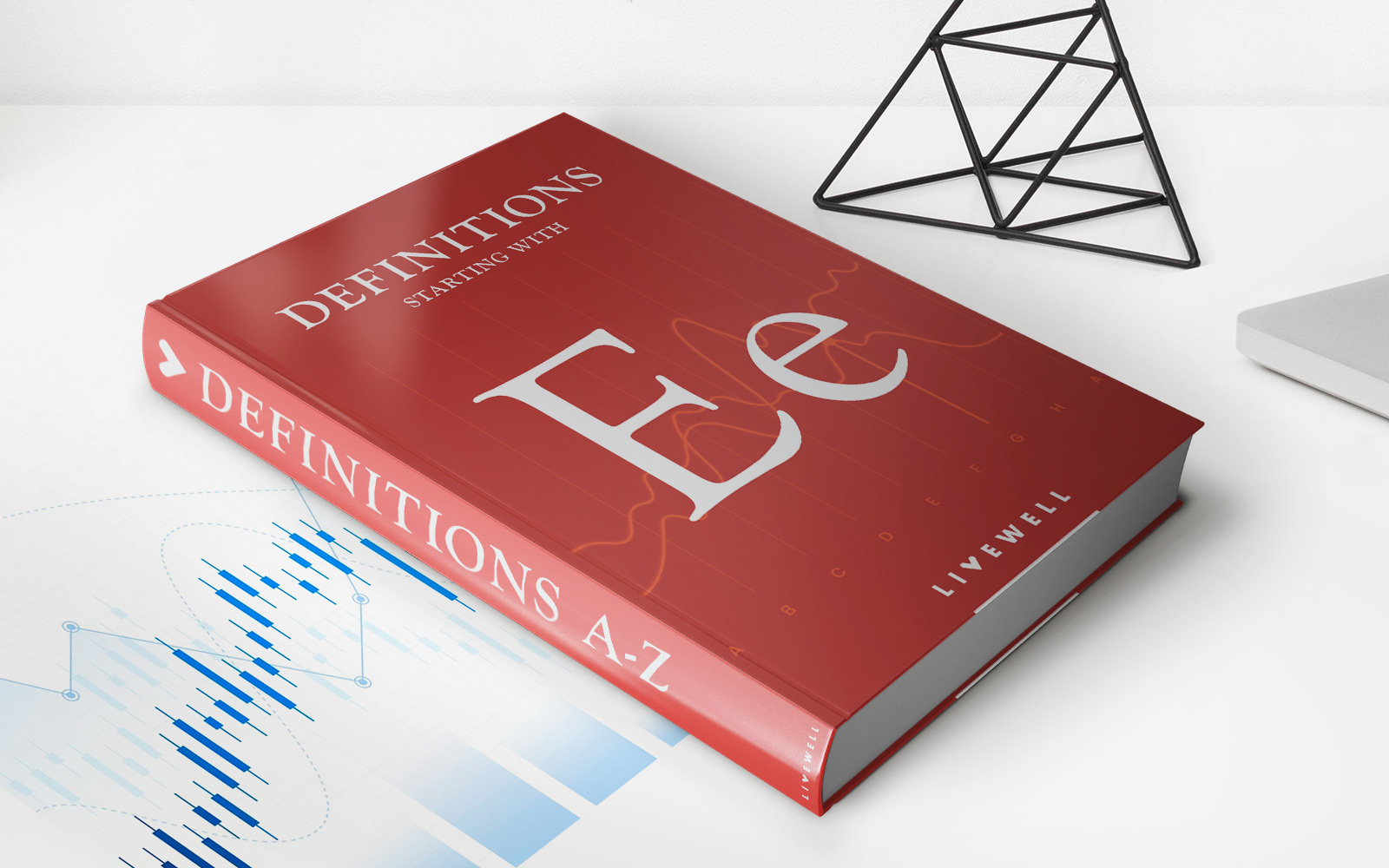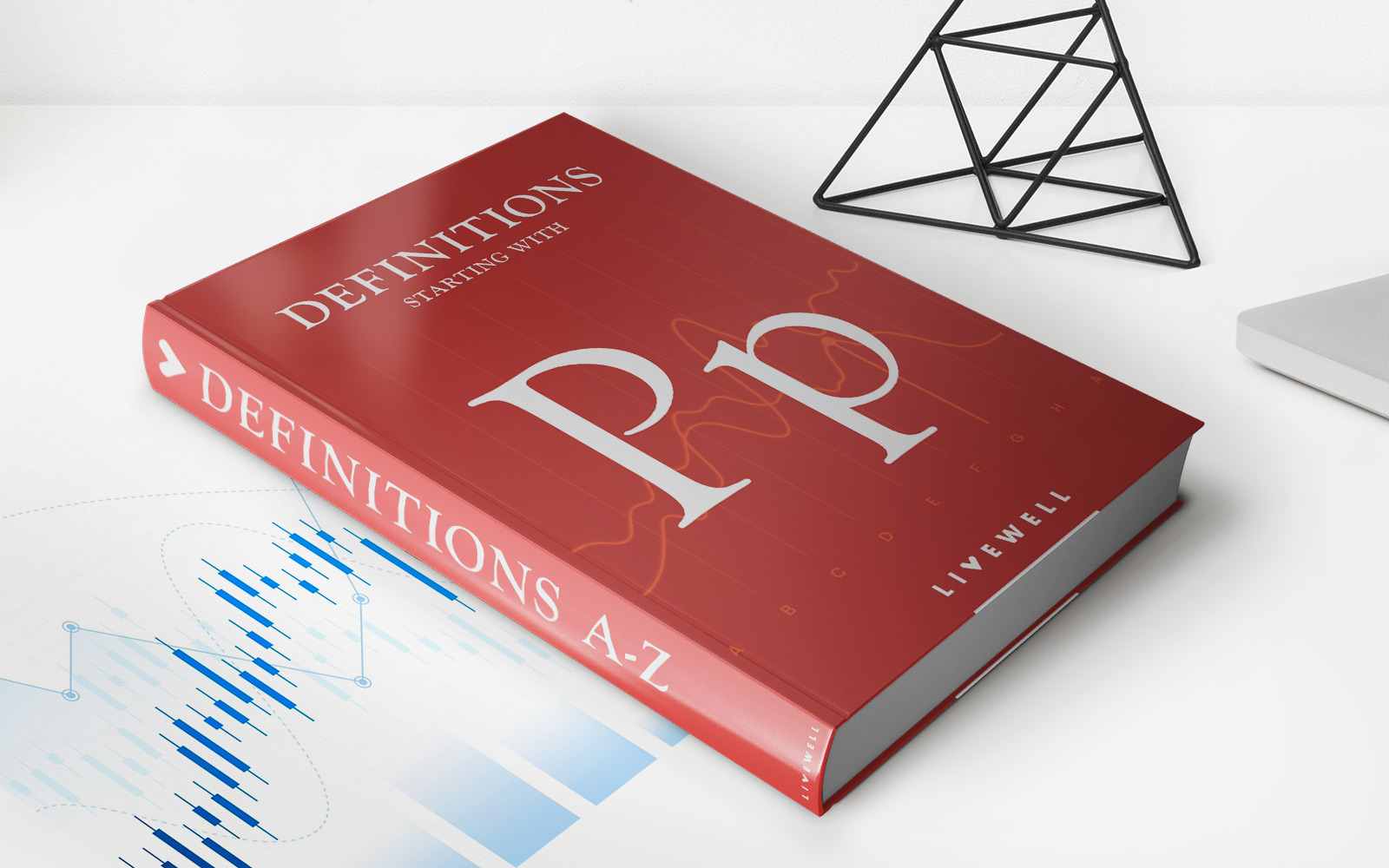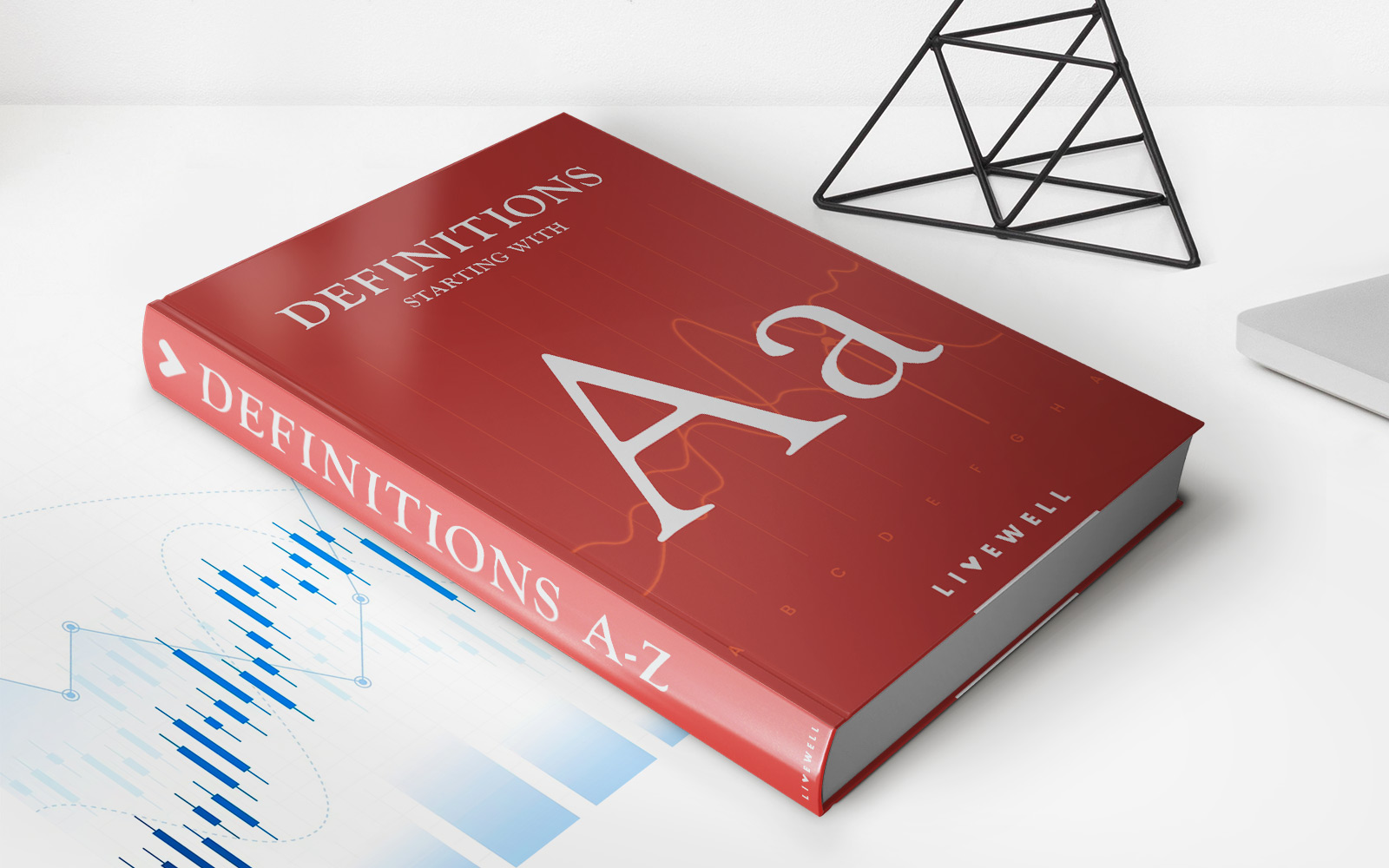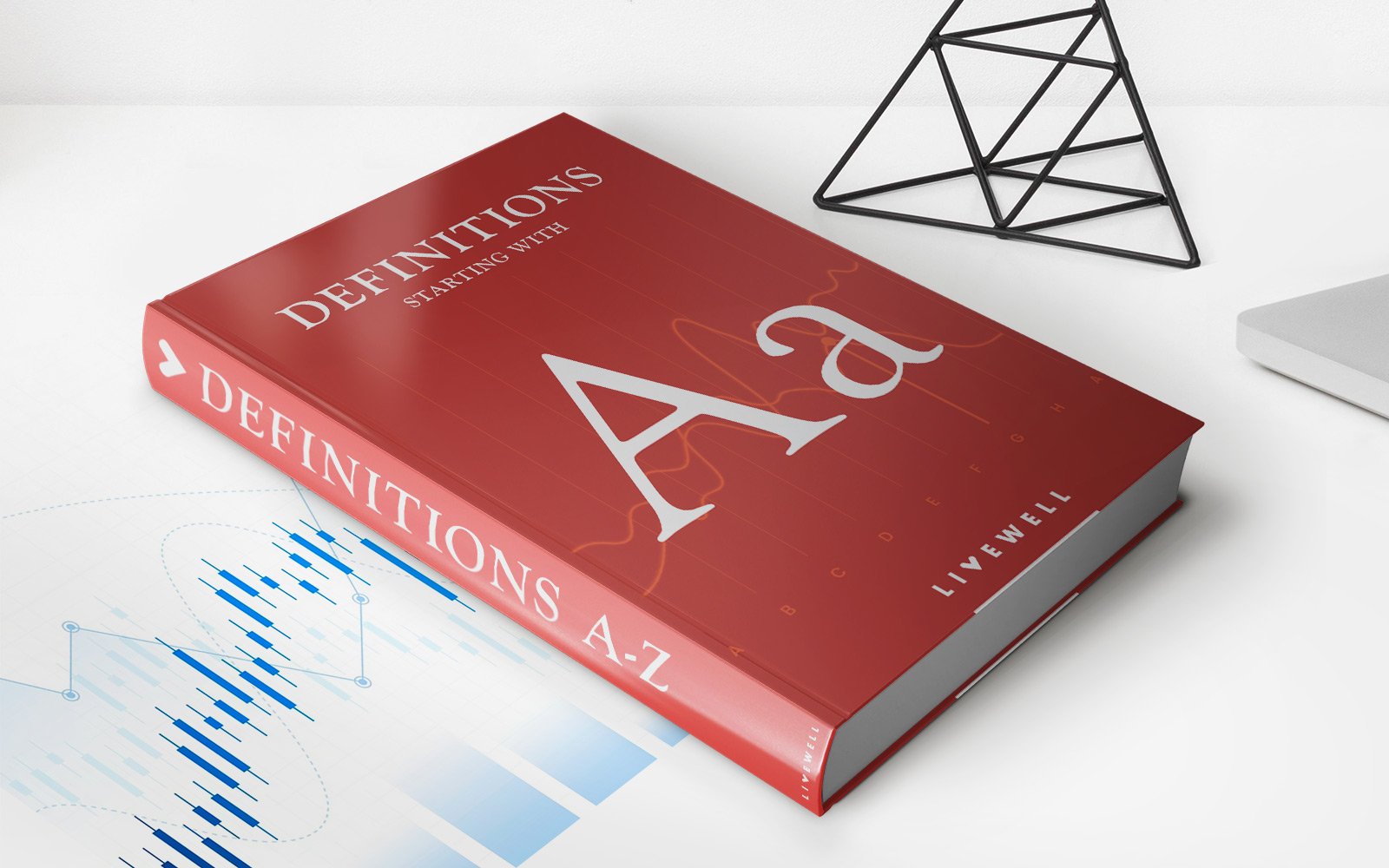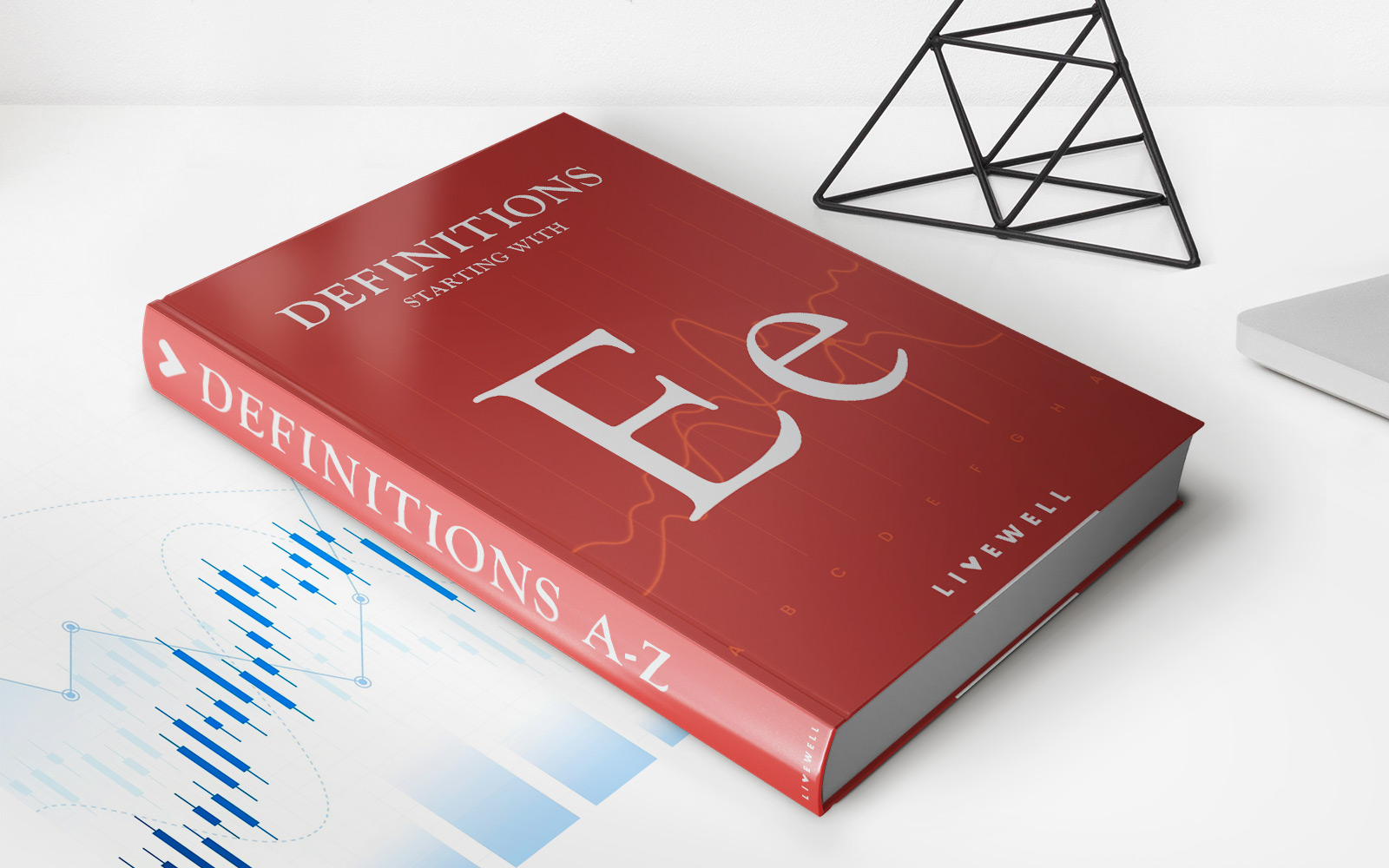Home>Finance>Constant Proportion Debt Obligation (CPDO) Definition


Finance
Constant Proportion Debt Obligation (CPDO) Definition
Published: November 1, 2023
Learn the definition of Constant Proportion Debt Obligation (CPDO) in the world of finance. Understand how this financial concept works and its implications.
(Many of the links in this article redirect to a specific reviewed product. Your purchase of these products through affiliate links helps to generate commission for LiveWell, at no extra cost. Learn more)
Understanding Constant Proportion Debt Obligation (CPDO)
Are you curious about advanced financial concepts and looking to dive deep into the world of finance? Look no further! In this blog post, we will explore an intriguing topic called Constant Proportion Debt Obligation (CPDO). So, buckle up and get ready to learn something new!
What is a Constant Proportion Debt Obligation?
A Constant Proportion Debt Obligation (CPDO) is a complex financial instrument that combines elements of both structured credit and derivative products. It is designed to offer high returns by leveraging credit default swaps (CDS) to take advantage of changes in credit spreads.
How Does a CPDO Work?
Here’s a breakdown of how a CPDO works:
- Issuance: A CPDO is created and issued by a financial institution.
- Structured Portfolio: The CPDO invests in a structured portfolio of credit default swaps and other fixed-income securities.
- Credit Quality: The CPDO’s performance depends on the credit quality of the underlying securities.
- Dynamic Leverage: The CPDO employs a strategy known as “dynamic leverage” which allows it to increase exposure to credit default swaps when credit spreads tighten and decrease exposure when spreads widen.
- Rating and Pricing: The CPDO’s rating and pricing are determined based on various factors including the creditworthiness of the underlying portfolio, leverage ratio, and market conditions.
- Risk and Returns: CPDOs are considered high-risk investments due to their leveraged nature, but they also offer the potential for high returns.
Key Takeaways:
- Constant Proportion Debt Obligation (CPDO) is a complex financial instrument that combines structured credit and derivative products.
- CPDOs employ a dynamic leverage strategy to take advantage of changes in credit spreads.
Should You Invest in CPDOs?
Investing in CPDOs can be highly risky due to their complex nature and leverage. These instruments are typically intended for institutional investors and sophisticated market participants who can understand and bear the associated risks. If you are considering investing in CPDOs, it is crucial to thoroughly research and understand the potential risks and rewards.
As with any investment, it is essential to diversify your portfolio and consult with a financial advisor to determine if CPDOs align with your investment goals and risk tolerance.
The Bottom Line
Constant Proportion Debt Obligations (CPDOs) are intricate financial instruments that offer the potential for high returns, but they come with a high degree of risk. Understanding the mechanics and risks associated with CPDOs is crucial before considering investing in them. So take the time to educate yourself and make informed investment decisions.
If you found this blog post intriguing and want to explore more fascinating topics within the world of finance, don’t forget to check out our other articles in the “FINANCE” category. Happy learning!
